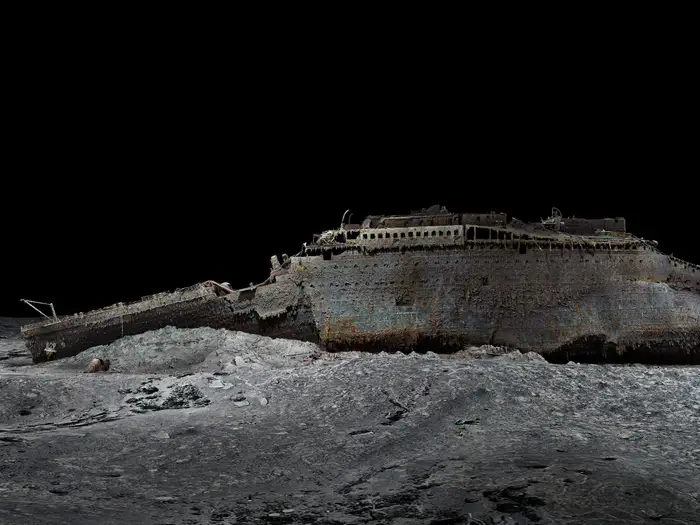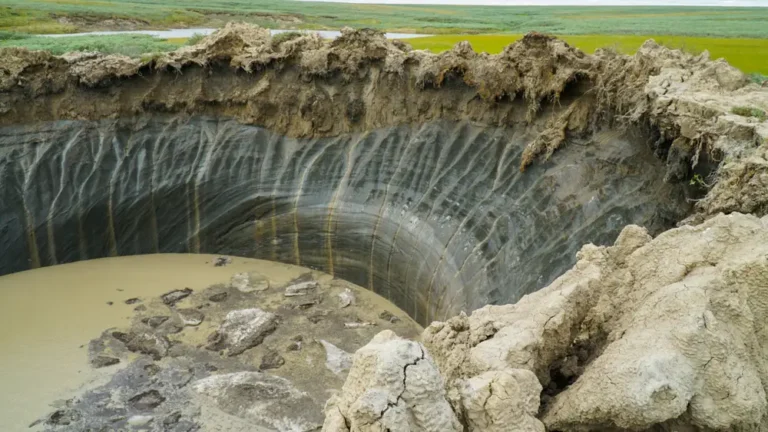The Getty Villa survived LA’s firestorms while the area around it burned, revealing a key lesson for homeowners
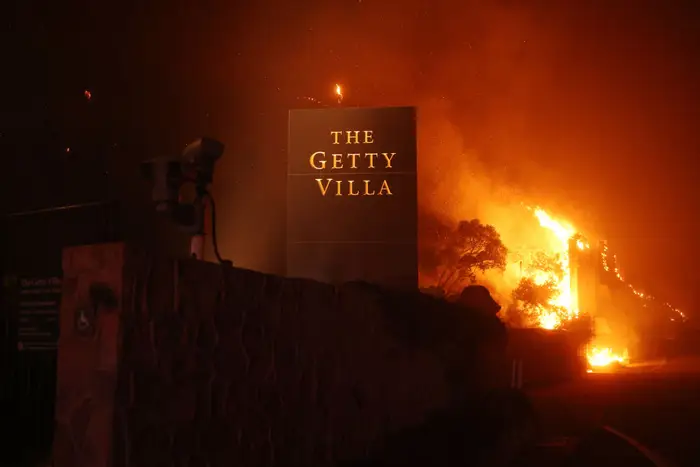
Buildings and trees around the Getty Villa went up in flames this week.
The Palisades fire in California has burned through thousands of acres since breaking out Tuesday between Malibu and Santa Monica, but the iconic Getty Villa, which lay in its path, has remained standing with minor damage, even after homes and trees around it went up in flames.
“We deeply appreciate the tireless work and dedication of the Los Angeles Fire Department, Los Angeles County Fire Department, and other agencies,” the museum said in a statement Wednesday morning.
The Getty Villa is part of the J. Paul Getty Trust, which includes the largest endowment of any museum in the world, estimated at more than $8 billion in 2023. It houses the trust’s collection of Ancient Greek and Roman art.
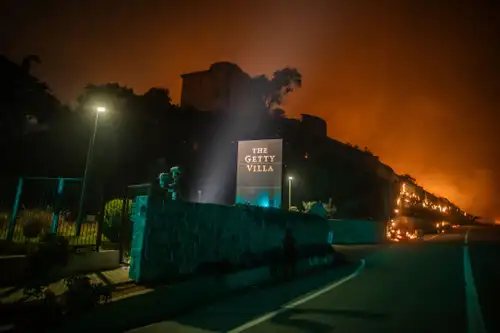
A trail of flames from the Palisades fire along the Pacific Coast Highway near a turnoff for the Getty Villa.
Fire departments used “state-of-the-art air handling systems” to help protect the building, Katherine E. Fleming, the president and CEO of the Getty Trust, told USA Today.
Moreover, builders designed the galleries with double-walled construction, which also helped protect the precious art inside.
But it wasn’t just expensive architecture and state-of-the-art firefighting that helped. Getty staff members have been consistently clearing brush from the surrounding area all year as part of its fire-mitigation efforts, the museum said.
That’s a crucial lesson for homeowners in fire-risk areas.
Yard work to save your home
Early Cal Fire data indicates the Palisades fire is the most destructive to ever hit Los Angeles.
The fire has been fueled by an abundance of grasses and brush that grew over the past two winters, which were rainier than usual. Drought conditions over the past few months caused that brush to dry out, becoming kindling for the fast-moving blazes.
To mitigate the risk of fire, cities, fire departments, and community members can clear dried grasslands around residential areas.
Individual homeowners can also protect their properties by clearing a 5-foot perimeter around their houses and removing flammable materials like ornamental plants, bark mulch, or deck furniture.
“This is an urban fire. We’re burning urban fuels,” said Pat Durland, a wildfire-mitigation specialist and instructor for the National Fire Protection Association with 30 years of federal wildfire management experience.
Keeping gutters and roofs clear can also prevent spot ignitions that can send entire structures up in flames.
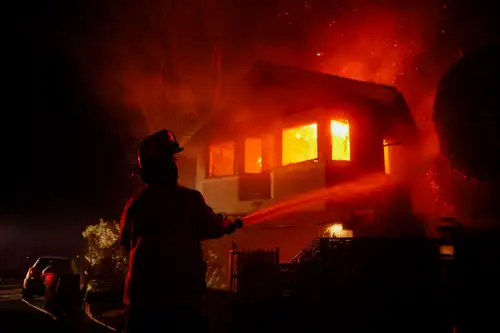
Many homes near the Getty Villa, like the one shown here, were engulfed in flames.
“People believe that they’re helpless,” Durland told B-17 in 2023. But that’s not the case, he said. “Nine out of 10 times, this boils down to two words: yard work.”
Homeowners can also install noncombustible, 1/8-inch mesh screening on any vents to a crawl space or attic to prevent embers from entering the home that way.
“You are where the rubber meets the road,” Durland said. “The things you do on your house and around your house are going to make the difference.”


